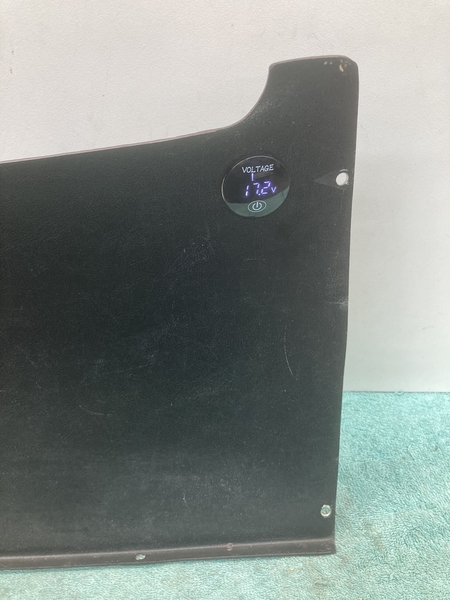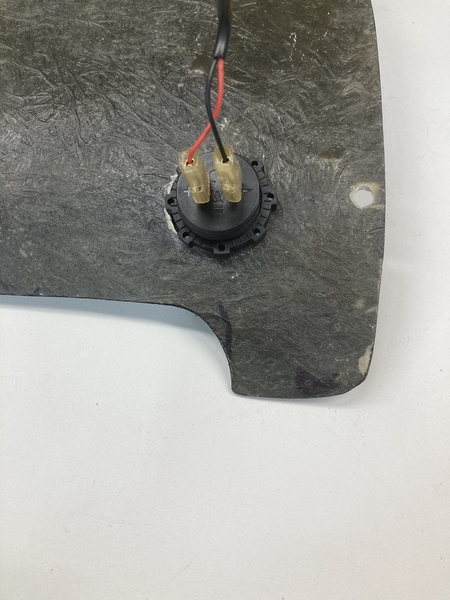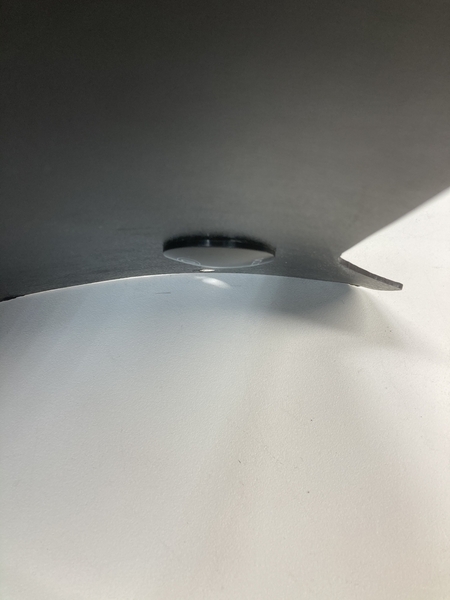


 I deleted the amp meter in favor of an oil temperature gauge.
I deleted the amp meter in favor of an oil temperature gauge.
I have always thought an amp meter was of minimal value, as most of the time an owner is quick to recognize the subtle clues that indicate a charging system problem is developing.
Of more value to me and other owners is the addition of a voltmeter, which some ownership use as a replacement for the amp meter.
I decided I wanted a voltmeter but one that was not an eyesore or readily visible.
as the photos show, I chose a location in the driver’s console kick panel that keeps the voltmeter out of view but can easily be read from the driver’s seat.
Photos tell the story.
Larry











